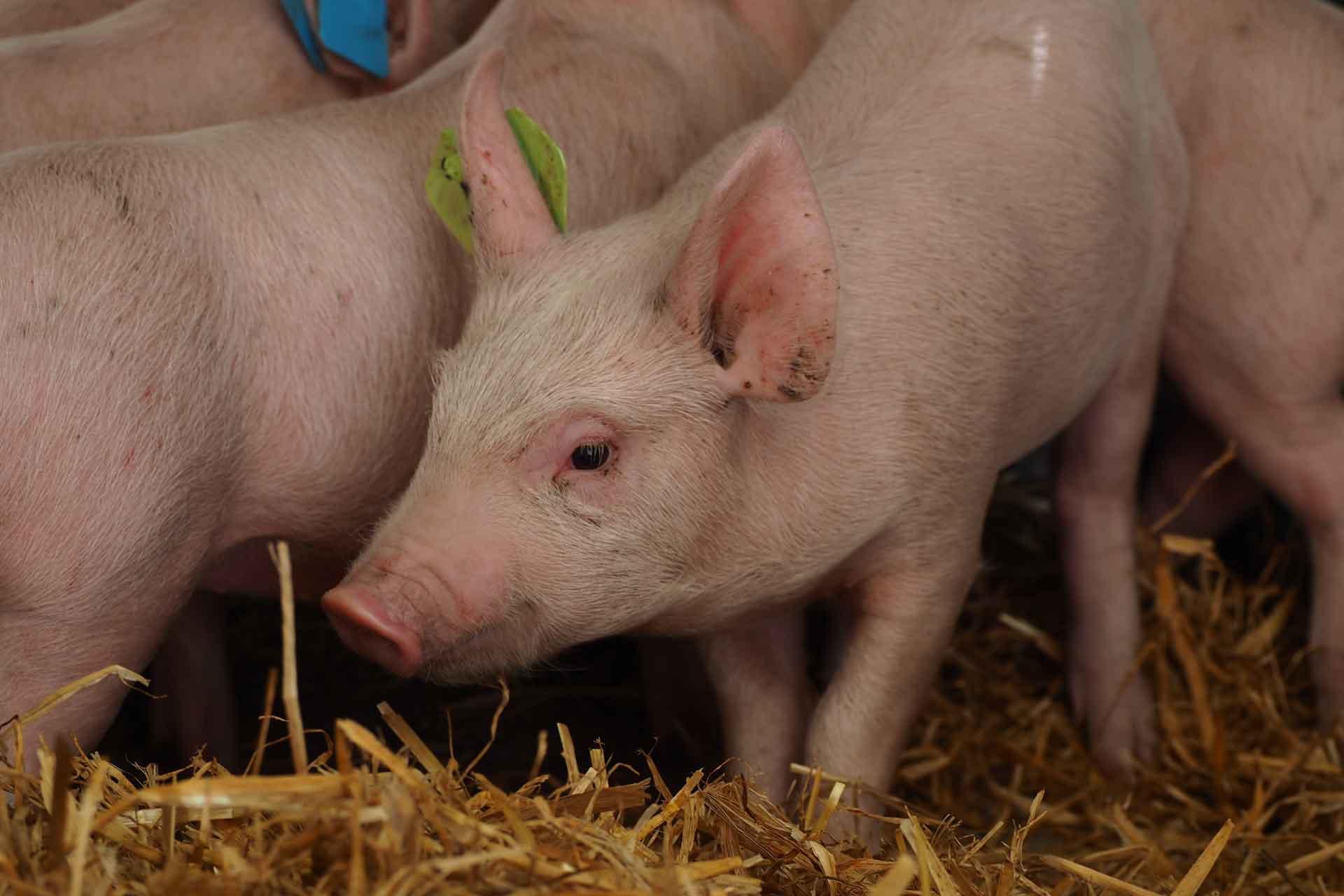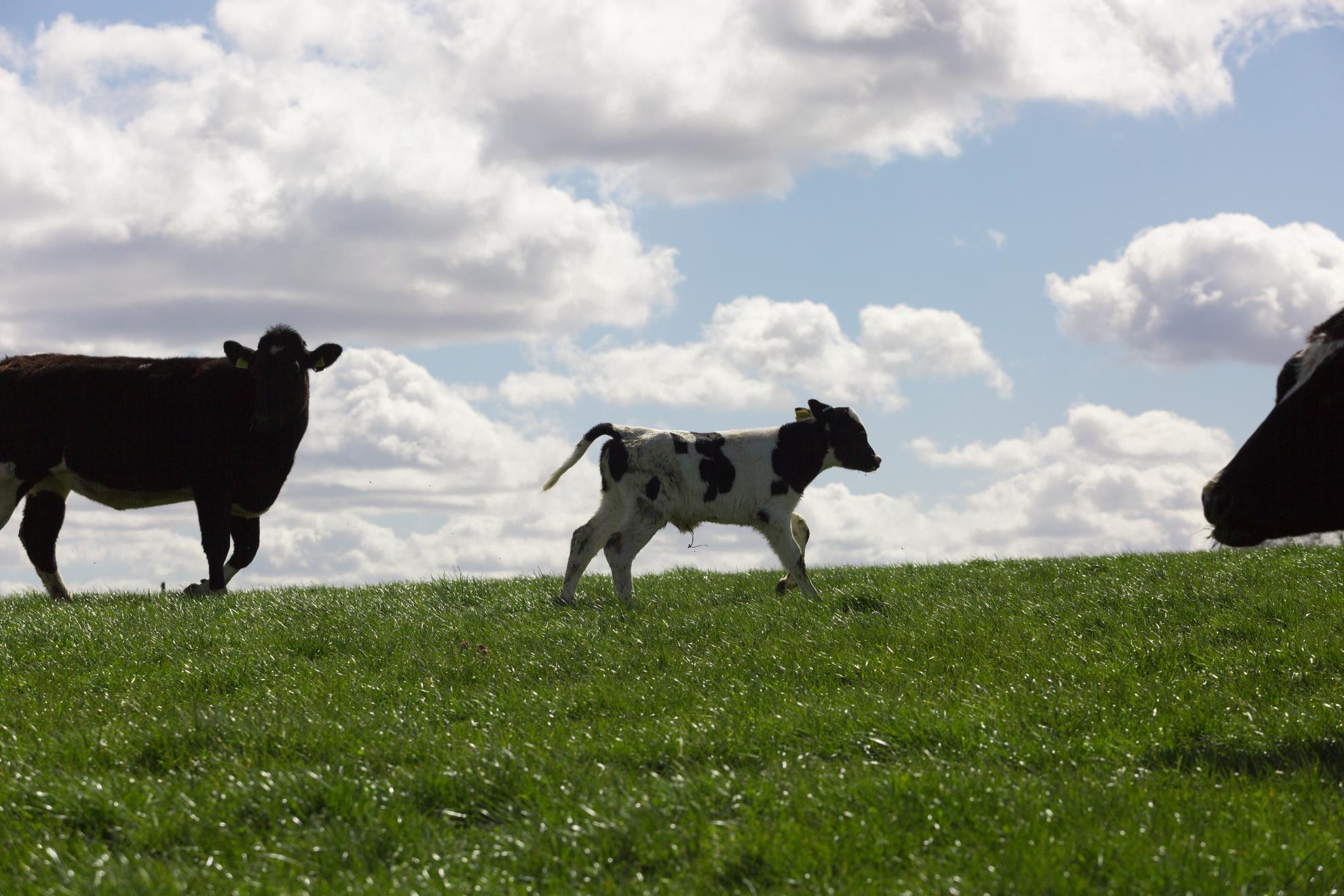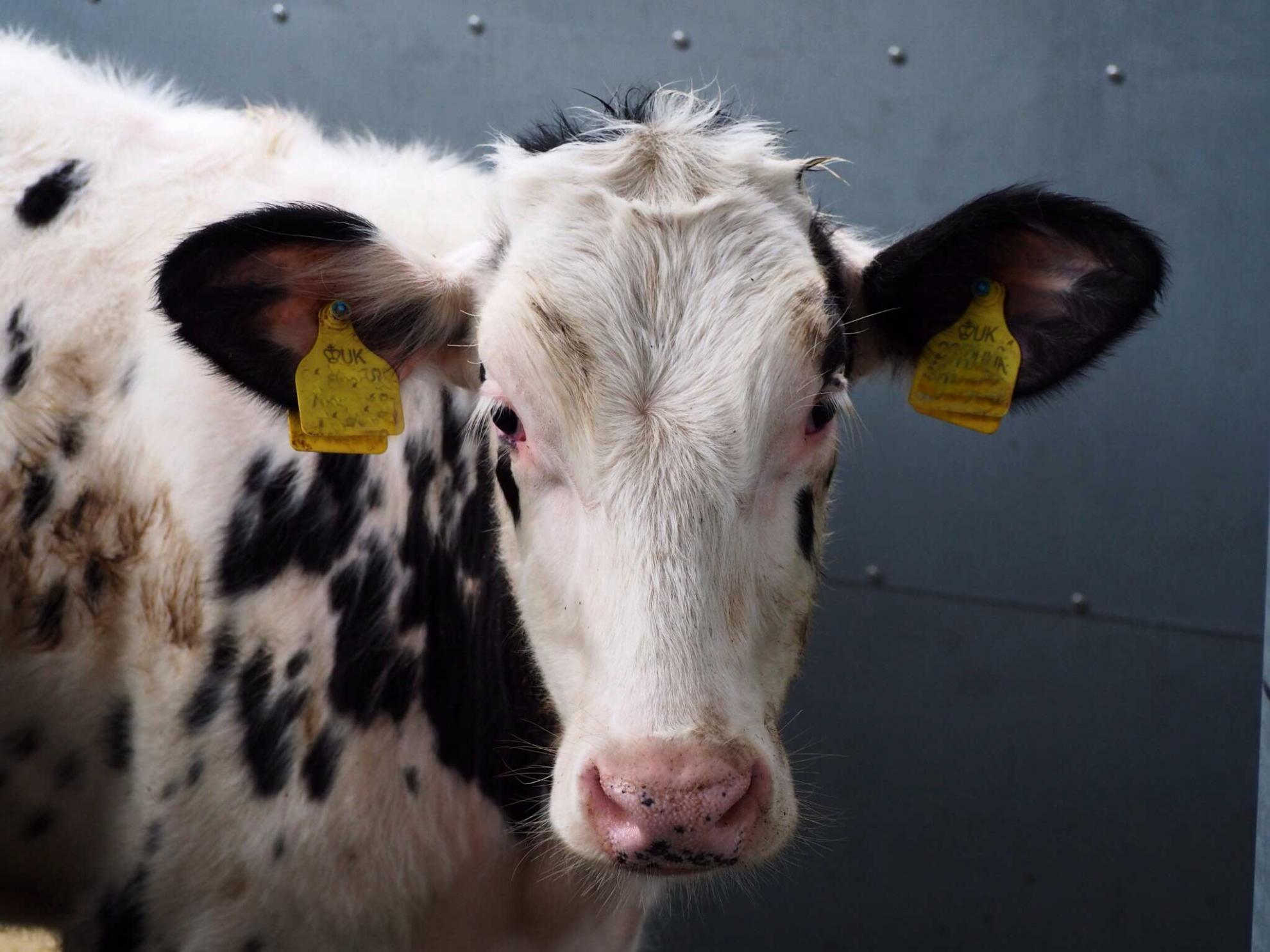Scientists at The Pirbright Institute have generated a nearly complete genome assembly for an inbred domestic pig breed, enhancing the animal’s potential use as a biomedical model for better human and animal health.
Derived from the domestic Large White pig breed, the highly inbred Babraham pig is genetically uniform across important immune-related gene complexes, allowing for greater reproducibility in immunological studies.
In addition to the genome assembly, the researchers also developed a transcriptome atlas of the Babraham pig - a collection of data that provides information about gene expression patterns across different tissues within an organism.
Bioinformatics specialist Dr John Schwartz said: “Once we had generated the genome assembly and assessed likely sources of error, we compared uniformity across the genome with another Babraham pig. Gene transcription data was then used from multiple tissues to investigate gene content and usage within several immune-related gene complexes.
“This enabled us to confidently characterize and annotate genes involved in immune responses within the Babraham pig, and compare these to other genomes to gain insight into their evolution and impact on health.”
The study, published in Immunogenetics and funded by UKRI Biotechnology and Biological Sciences Research Council (BBSRC) and Wellcome, showed the quality and completeness of the genome assembly was likely aided by the high amount of inbreeding present in Babraham pigs.
Pigs, like humans, are diploid, meaning that they have two slightly different copies of their genome – one from each parent. In highly inbred individuals, these two copies are more similar. This genetic uniformity makes it easier to piece together because there are fewer differences to account for between the two copies.
“We believe this new genome assembly and transcriptome atlas will further enhance the utility of the Babraham pig as a biomedical model.”
Researchers hope the new genome assembly will aid comparative analyses, providing future insight into viral diseases that infect pigs like African swine fever and influenza. The findings may also inform studies into zoonotic diseases, which pass from animals to humans, whilst the genetic uniformity of Babraham pigs could also be utilised for xenotransplantation studies.
The study follows work published in 2018 that confirmed the genetic uniformity of key molecules involved in mediating T cell immune responses, which contributed to the development of novel tools for studying the immune response to influenza in pigs. That same year, seed funding was acquired from UKRI-BBSRC for the development of a long-read Babraham pig genome assembly.
“We also expect that the new genome assembly will enhance the detailed understanding of complex immune responses with this pig model, as illustrated by a recent Pirbright paper on pig lung immunity.”
The study involved collaboration with scientists at Cardiff University and the University of Utah.
Read the paper
Schwartz, J.C., Farrell, C.P., Freimanis, G. et al. A genome assembly and transcriptome atlas of the inbred Babraham pig to illuminate porcine immunogenetic variation. Immunogenetics (2024)




